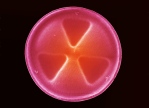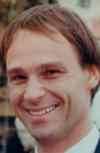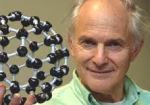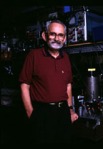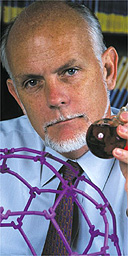1674 – Netherlands
Leeuwenhoek was probably inspired to take up microscopy after seeing a copy of HOOKE’s Micrographia, though as a draper he was likely to have already been using lenses to examine cloth.
Unlike Hooke, Leeuwenhoek did not use a two lens compound microscope, but a single high quality lens, which could be described simply as a magnifying glass rather than a microscope. Leeuwenhoek is known to have made over 500 of these single–lens microscopes. They are simple devices just a few inches long, with the lens mounted in a tiny hole in a brass plate. The specimen is mounted on a point that sticks up in front of the lens. Two screws move the specimen for focusing. All else that is needed is careful lighting and a very steady, sharp eye.
After an introduction to Henry Oldenburg of the Royal Society in London from Dutch physician and anatomist Regnier de Graaf (discoverer of the egg-making follicles in the human ovary which now bear his name), Leeuwenhoek was encouraged to write to the Society’s journal ‘Philosophical Transactions’.
Leeuwenhoek’s letters were translated into Latin and English from the Dutch and he reported seeing tiny creatures in lake-water.
‘ I found floating therein divers earthly particles, and some green streaks, spirally wound serpentwise, and orderly arranged after the manner of copper or tin worms which distillers use to cool their liquors as they distil over. The whole circumference of each of these streaks was about the thickness of a hair of one’s head ’
Leeuwenhoek’s descriptions of ‘animalcules’ in water from different sources – rainwater, pond water, well water, sea water and so on – were verified by independent witnesses, including the vicar of Delft. Hooke too confirmed his findings with his own observations performed in front of expert witnesses, including Sir Christopher Wren.
Leeuwenhoek came close to understanding that bacteria were germs that cause disease but it took another century before LOUIS PASTEUR made that step.
Related sites
- Micrographia site (www.micrographia.com/)
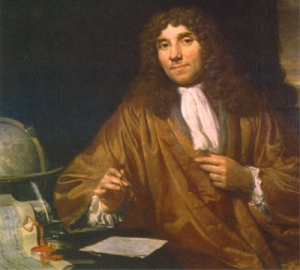



 TIMELINE
TIMELINE

